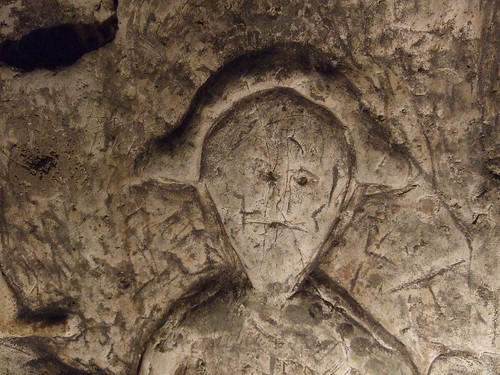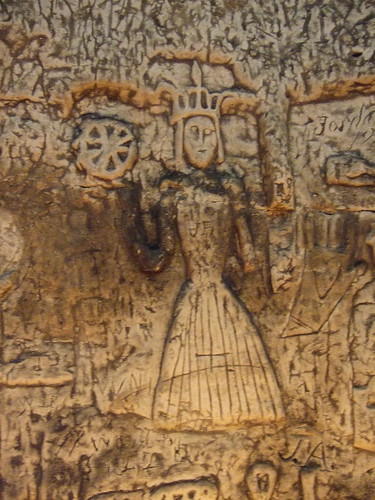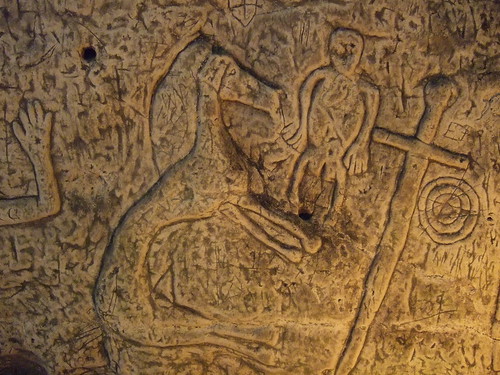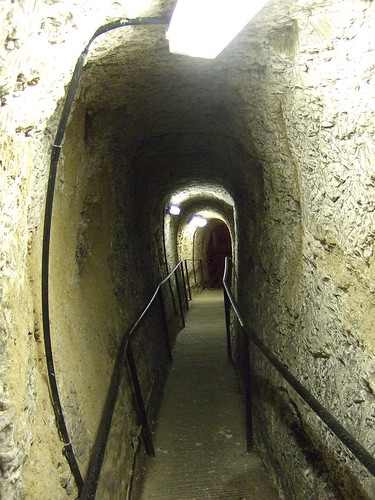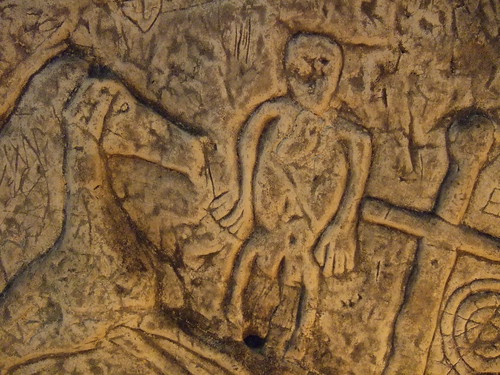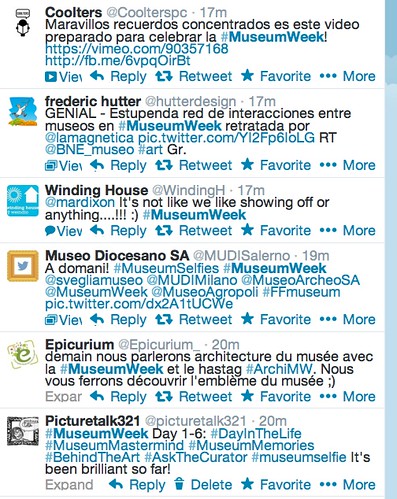It's the end of Ramadan 2013. This day is called Eid by many but in Indonesia it is known as Idul Fitri, Hari Lebaran or Hari Raya.
I am not muslim but I grew up in Jakarta. My childhood was accompanied by the sounds of muezzin calling over rickety loudspeakers, and I remember Idul Fitri celebrations in the city. I could speak Indonesian before I could speak English.
So I want to celebrate today by having a look at a wonderful set of Indonesian artefacts in Cambridge: the gamelan at the Music Faculty (University of Cambridge). This particular set is called
Duta Laras which means
Ambassador of Hope.
Gamelan is the name of traditional Indonesian music. It's also the name of the set of wood-and-bronze instruments, played by an ensemble of gamelan musicians.
 |
Source: Professor Roger Vetter's fascinating website on The Gamelans of the Kraton Yogyakarta
The picture above shows palace musicians on one of the gamelans in the Kraton (royal palace) of Yogyakarta, central Java. These are among the most courtly, traditional and refined musicians in the world.
Watch a bit of their meditative mode of playing here:
|
The Cambridge gamelan is from Java and was gifted to the University by the Indonesian Embassy in 1983. It's a court-style set of instruments which means that each instrument is duplicated across two scales: a five-tone scale and a seven-tone scale.
A gamelan set is made up of percussion instruments (vertical and horizontal bronze gongs, xylophones), drums that set the beat (
kendhang), bamboo flutes (
suling) and a wonderful, raspy string instrument called the
rebab. The
rebab is fiendishly difficult to play and is often likened in versatility and timbre to the human voice -- to me, it's a smoke-filled human voice singing the blues.
Listen to this player first tune his rebab, then riff some tunes:
All the instruments:
|
|
Source: CFS Worldmusic.
Note the snakes along the top of the frame holding the hanging gongs. These are Naga Jawa, Javanese mythological snakes or dragons, with ornamental crowns, wide-open mouths and forked tongues.
|
|
|
|
Gamelan is a very old musical form that predates the arrival of Islam and even of Hinduism in Indonesia. It appears on the 8th-century Buddhist temple of Borobudur. Spot the drums (kendhang), the flutes (suling) and the string instrument (rebab).
|
|
|
8th-century relief from the Borobudur Temple, central Java (near Yogyakarta)
Source: Wikipedia (Creative Commons Attribution- ShareAlike 3.0 License) © Gunkarta.
|
Gamelan integrates singing and dancing. I learned to dance to Balinese gamelan music when I was a girl.
|
|
Young Balinese dancer (not me!)
|
And later, when I moved to Cambridge, I joined the
Cambridge Gamelan Society and played gamelan every week for a couple of years.
|
|
|
(I'm not in this picture, either...)
|
What does gamelan sound like?
For a taster, listen to some beautiful and tranquil Sundanese (Western Javanese) gamelan music called
Sabilulungan.
Watch the Malaysian Unimas gamelan group play a fun piece:
And finally, a rather snazzy modern gamelan celebration of Hari Raya / Idul Fitri in a Kuala Lumpur mall:
Read
Joss Wibisono's interesting article on colonisaton and the influence of gamelan on Western music on his blog Gatholotjo.
The
Duta Laras gamelan is kept in the Music Faculty on West Road. If you want to see it, look out for the Cambridge Gamelan's next public performance (or play it, why not? Contact the CB Gamelan Society).
Selamat Idul Fitri! Eid Mubarak!
Have a wonderful day, no matter your creed.
Other festivals on this blog:
